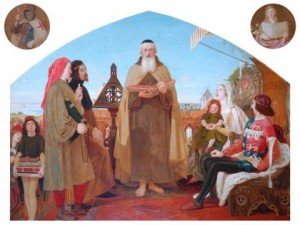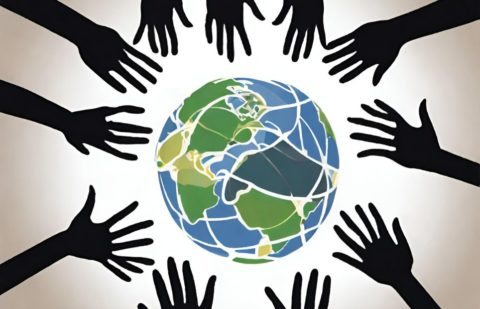The term “translation” hails from the mid-fourteenth century with an etymological base in the Latin word translationem, a noun of action from the stem of transferre. It also shares roots with the word from Old French meaning “the rendering of a text from one language to another.” The verb form in English, translate, is from the Latin translatus, literally “carried over.” Interestingly, the word translate replaced an earlier word in Old English which carried a similar though not exact meaning, awendan, literally “to turn, direct.”
Beyond the etymology of the word, the act of translating texts has a long history that is intricately connected with human religious, artistic and scientific expression. From the Bible to the travels of Marco Polo along the silk road and beyond, the diffusion of knowledge and cultural heritage—and, indeed, cross-cultural interaction itself—owes a great debt to history’s translators. As many would expect, the bible still holds the title of the most-translated book. But according to the Guinness Book of World Records, another book holds the title of most-translated for a living author—O Alquimista, or The Alchemist, by the Brazilian Paulo Coelho.

And if you’re interested to know what the most-translated languages are, UNESCO actually keeps a running tally in its Index Translationum. According to the index, the most-translated source language in the world (through 2011) is English, followed by a distant French. It lists German as the language most translated into, or target language, followed more closely this time by French.
You can also find a list of the most-translated authors within the index, with a few surprises. Despite being the author of the most-translated book by a living author, Coelho actually didn’t make the list of the top-50 translated authors. Coming in first on that list is Agatha Christie, followed by Jules Verne, William Shakespeare, Enid Blyton, and Vladimir Lenin filling out the top five spots. Indeed, the former USSR block makes a good showing on this list, with the region contributing a total of seven authors.






